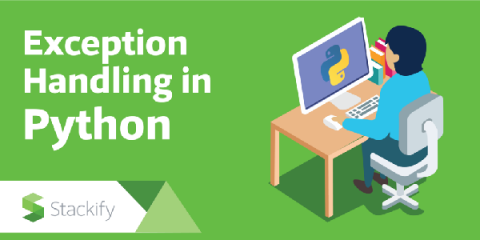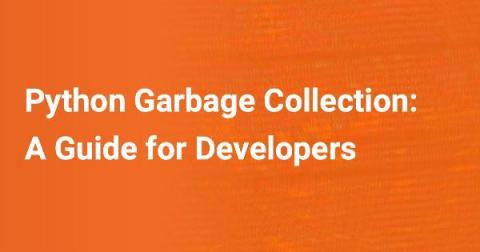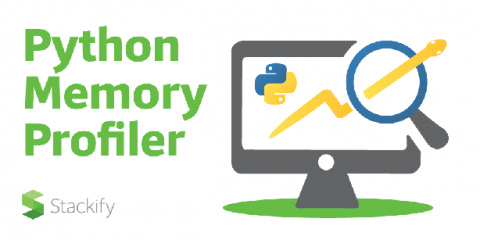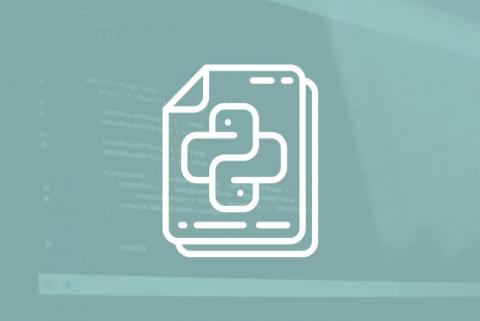Snowflake and Saturn Cloud Partner to Bring 100x Faster Data Science to Millions of Python Users
Snowflake and Saturn Cloud are thrilled to announce our partnership to provide the fastest data science and machine learning (ML) platform. Snowflake’s Data Cloud comprises a global network where thousands of organizations mobilize data with near-unlimited scale, concurrency, and performance. Saturn Cloud’s platform provides lightning-fast data science. Combined, our solutions enable customers to maximize their ML and data science initiatives.











